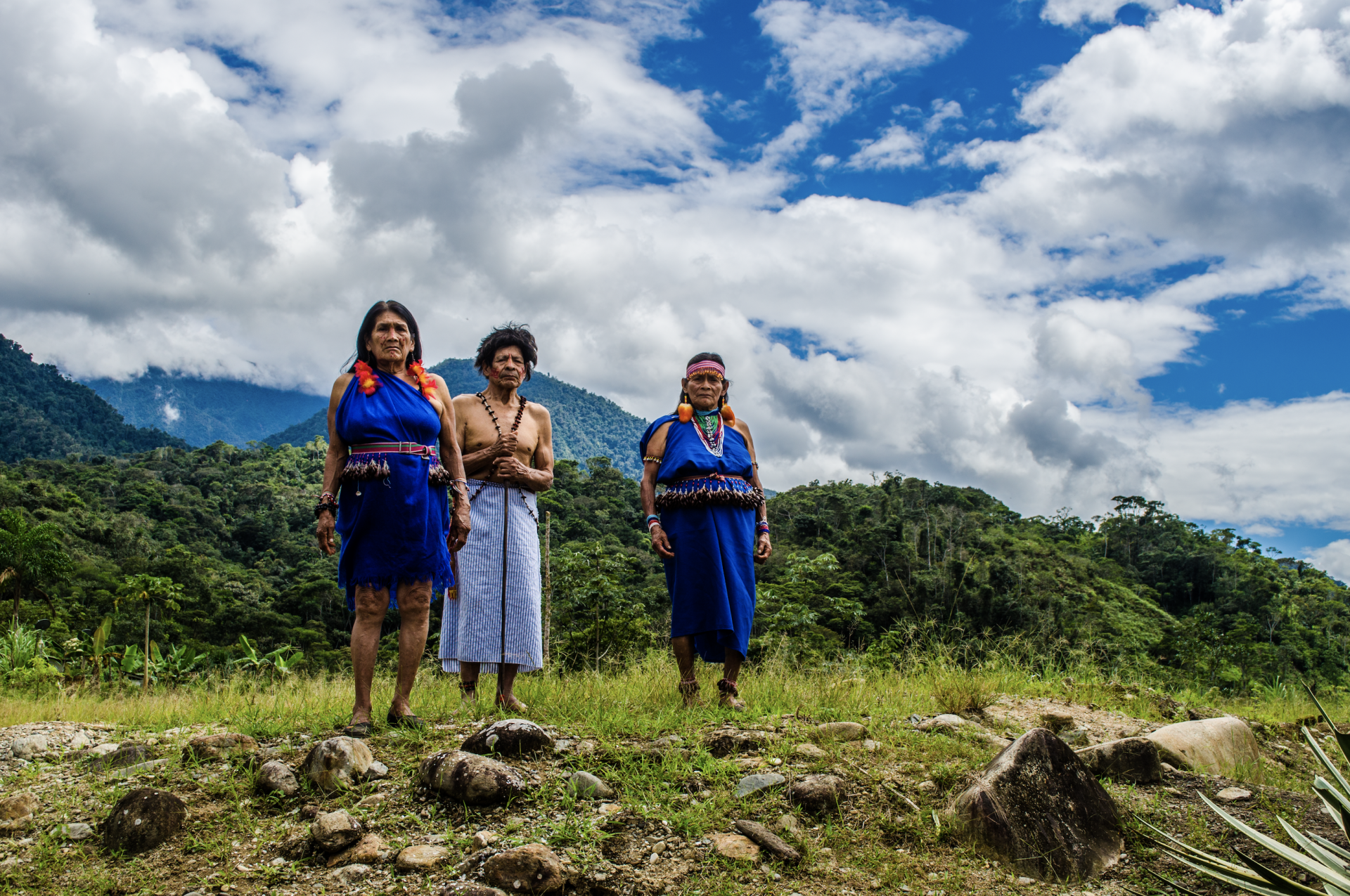Nature’s guardians
Indigenous and local cultures are a critical component of conservation. They are guardians of the forests they have lived in for thousands of years.
Over the past 25 years, Nature and Culture has worked with 20 Indigenous and local cultures who are all deeply committed to the protection of their land. With Nature and Culture’s support, these communities are empowered to use and preserve the natural resources around them that enrich their lives. We provide extensive technical and legal support that help them attain their goal of protecting their extraordinary ancestral homelands.

Achuar
We work with the Indigenous Achuar to protect over 200,000 acres of Amazon rainforest – “alfombra verde con rios” – a carpet of green with rivers. With an ancient culture deeply rooted in the forest, the Achuar have many traditions that speak to their spiritual relationship with nature. One is a ritual they perform at waterfalls, which the Achuar consider sacred.
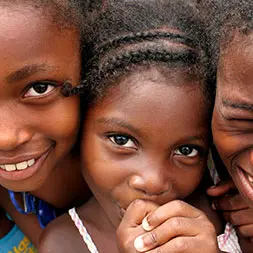
Afro-Colombian
Historically known as the “region of freedom and refuge,” Río Baudó, located in Colombia’s Chocó, is home to Afro-Colombians who descended from escaped slaves in the 19th century. With major support from Nature and Culture and other non-governmental organizations, the regional environmental agency created Delta del Río Baudó Regional Protected Area in September 2017, protecting their lands, the sea, and the humid forests.
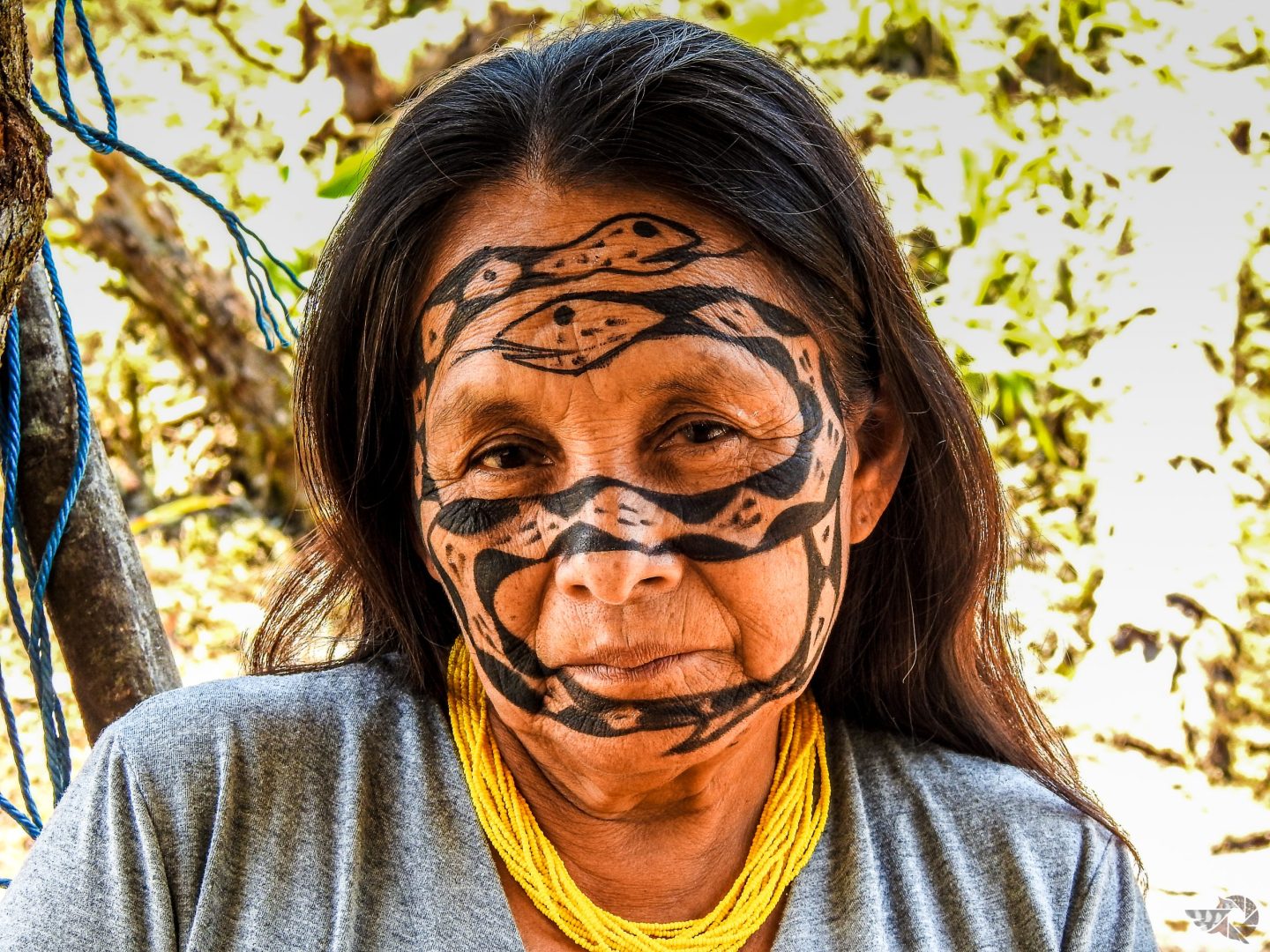
Andwa
The Andwa (Andoa), a relatively small group of 700 Indigenous people inhabiting the Ecuadorian rainforest, have been considered by many to be part of the Kichwa people of Pastaza Province. While the Andwa claim their own linguistic roots, as a people they did not receive group recognition by the Ecuadorian government until 2004. Located along the Rio Bobonaza near the village of Montalvo, the Andwa have claimed their identity in part through the distinctiveness of their pottery making.
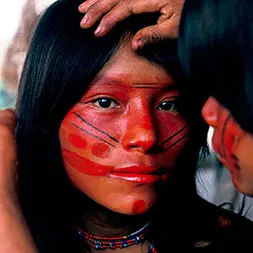
Ashaninka
The Ashaninka are one of South America’s largest tribes. Their homeland covers a vast region, from the Upper Juruá river in Brazil to the watersheds of the Peruvian Andes. Proud of their culture and driven by a strong sense of freedom, they have a long history of resistance, standing up to invaders since the time of the Inca empire.
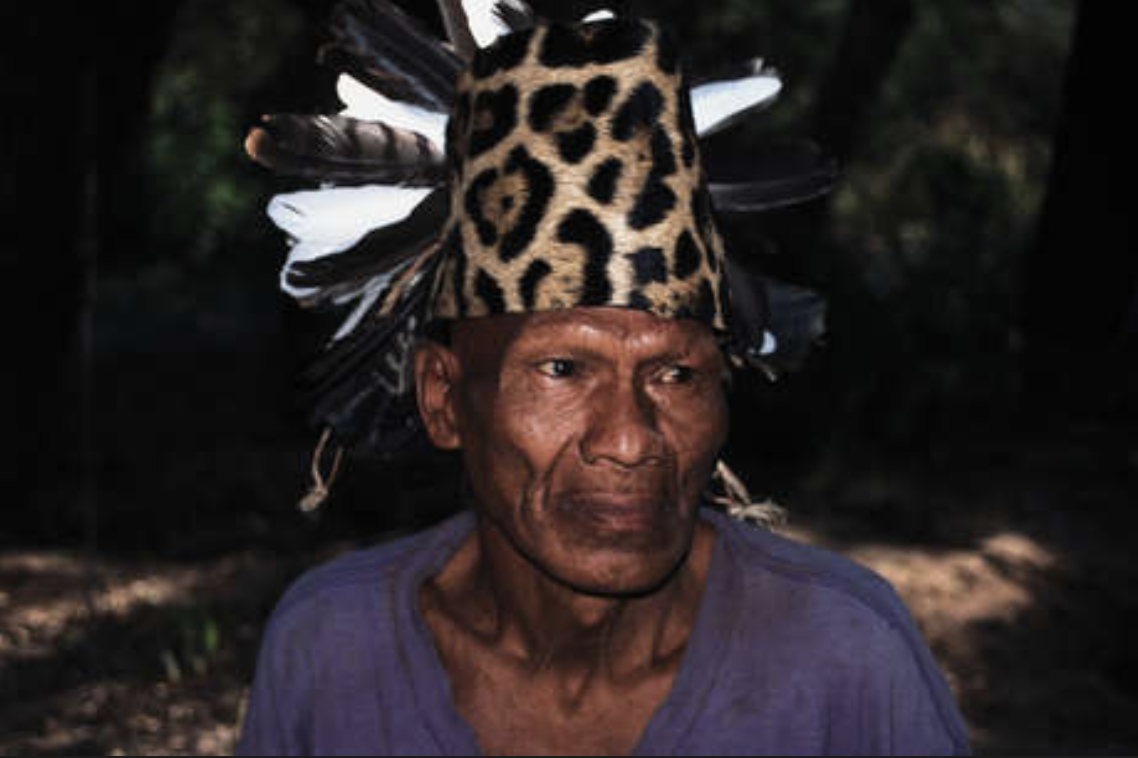
Ayoreo
The Ayoreo are an Indigenous people of the Gran Chaco. Sub-groups of Ayoreo remain in voluntary isolation, thought to be the only uncontacted Indigenous people south of the Amazon. Traditionally, hunter-gatherers, the small groups are increasingly threatened by loss of territory. Nature and Culture worked with an Indigenous autonomous government in the Gran Chaco of Bolivia to protect three million acres for Guaraní and uncontacted Ayoreo groups.

Guaraní
Formerly known as Chiriguanos, the Guaraní people of eastern Bolivia have occupied the foothills between the high Andes, the Altiplano, and the flat plains of the Gran Chaco for hundreds of years. We worked with the Guaraní to establish Ñembi Guasu Reserve in the endangered Chaco dry forest, home to a population that is more than 60% Indigenous, Ñembi Guasu is known for its incredible wildlife, such as armadillos, giant anteaters, jaguars, howler monkeys, peccaries, and tapirs. The reserve protects an area rapidly losing its forest, including an uncontacted tribe related to the Guaraní people.

Ikitus
The Ikitu people formerly occupied a large territory in the Peruvian Amazon. It included the former city of Iquitus, Loreto’s capital. Today approximately 1350 people are recognized as Ikitu and only the community elders still speak their language. Nature and Culture support the Ikitu people to preserve their culture and language, and to sustainably harvest buruti fruit to preserve their forests.
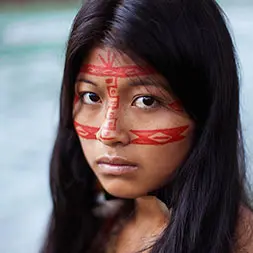
Kichwa (Ecuador Amazon)
Inhabiting the Ecuadorian Amazon, Napu runas or Amazonian Kichwas have a strong connection with the forest and the animals that live among them. They believe humans, plants, and animals all have souls and are almost regarded as equals. The souls of plants are of particular interest because the well-being of a community depends on a healthy relationship with nature.
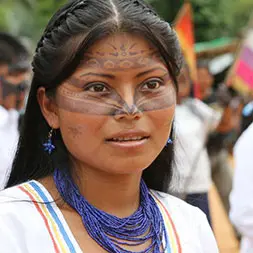
Kichwa (Peru Amazon)
We worked alongside the Indigenous Maijuna and Kichwa people for eight years on the creation of the Maijuna-Kichwa Regional Conservation Area in Peru’s northern Amazon and played an integral role in its approval at the national level in 2015. Bigger than California’s Yosemite National Park, this vast reserve protects nearly one million acres of rainforest and its extraordinary biodiversity, as well as the Maijuna’s ancestral homeland.
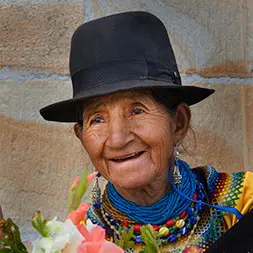
Kichwa Saraguro
The Saraguro are a people of the Kichwa nation most of whom live in Saraguro Canton in the Loja Province of Ecuador. They were the only Indigenous group in the province to survive the Spanish conquest, and have retained their customs and way of life. They are especially known for their distinctive traditional dress, including black hats and collars of multi-stranded glass beads.
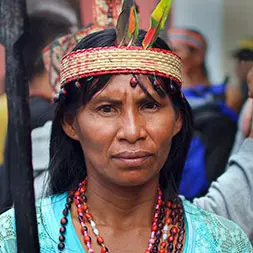
Kukama Kukamiria
The Kukama-Kukamiria people (also known as Kokama-Kokamilla) live in the Peruvian Amazon. Kukama-Kukamiria is a deeply endangered language. At present, only elders speak the language in very restricted situations; that is, the majority of them have shifted to Spanish, and natural processes of language transmission have been interrupted. The Kukama-Kukamiria people are involved in Nature and Culture’s sustainable livelihood project in Loreto, harvesting aguaje and camu-camu Amazonian fruits for our partner AJE.
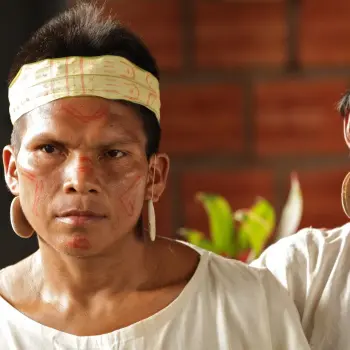
Maijuna
For eight years, we worked closely with the Maijuna to create a reserve larger than California’s Yosemite National Park. Now, the Maijuna-Kichwa Regional Conservation Area protects nearly one million acres of Amazon rainforest, as well as the Maijuna’s ancestral homeland. Numbering fewer than 590 people, the Maijuna are one of Peru’s most vulnerable groups.

Mayo-Yoreme
Recognized as Yoremes: “the people who respect tradition”, the Mayo-Yoreme is a nationality that live in Sonora and Sinaloa, Mexico. Several women from some communities have found a sustainable income through the harvesting of the “pitaya” and the conservation of the pitayal cactus. Nature and Culture is helping Mayo-Yoreme to protect their territory from unsustainable human activities.
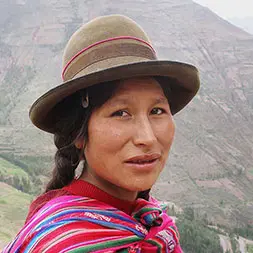
Quechuas
Peru’s Quechua minority has endured centuries of hardship but their pride and traditions persist. The Quechua people today are not a single ethnic group, but rather several Indigenous groups scattered throughout South America. In Huanuco, Peru, we worked with the Quechua people to establish the Carpish Cloud Forest Conservation Area.

Sápara
In Ecuador, we work with the Sápara to protect their ancestral territory in the Amazon rainforest. UNESCO has deemed the Sápara nation of Ecuador an “Intangible Cultural Heritage of Humanity”, due to the fact that their language and culture are in danger of disappearing. Just 200 Sápara people remain in Ecuador, and 100 in Peru, of whom only five still speak the Sápara language. Protecting their land is critical to their cultural survival.

Shiwiar
The Shiwiar live in the eastern province of Pastaza, near the Peruvian border. Their lands are some of the most isolated and preserved in all of the Ecuadorian Amazon, and for most outsiders, they are only accessible by plane. Ancestrally a mix of the Shuar, Achuar and Kichwa communities, the Shiwiar’s language, Shiwiar Chicham, means “Family with Knowledge of the Jungle.” Like the Shuar and Achuar, the Shiwiar are skilled warriors.
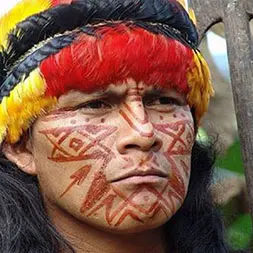
Shuar
In Ecuador, we work with the Indigenous Shuar to protect their ancestral homeland and create sustainable development projects so they can thrive culturally and economically. The Shuar culture is characterized by strong traditions and a unique vision of the universe, manifested through their language, food, myths, music, and dance.

Shipibo- Conibo
The Shipibo-Conibo are an Indigenous people along the Ucayali River in the Amazon rainforest in Peru. Formerly two groups, the Shipibo, and the Conibo, eventually became one distinct tribe through intermarriage and communal ritual. We supported the Shipibo-Conibo people in establishing the Comunal Alto Tamaya – Abujao Regional Conservation Area in Ucayali, protecting the lush rainforest in Peru.

Sikuani
The Sikuani are one of Colombia’s nearly 100 officially recognized Indigenous Peoples. Native to the Guaviare river region – a tributary to the great Orinoco and a gateway to the Amazon jungle – many Sikuani clans have been forcibly displaced by the violence far from their ancestral lands. Traditionally, they lived in semi-sedentary villages where family nuclei were highly mobile and associated with hunting and gathering. Today they live in permanent settlements located near rivers and forests.

Waorani
Contacted just over 60 years ago, the Waorani are the most recently contacted of all Ecuadorian Indigenous Peoples. Nature and Culture International supports the Waorani communities’ efforts towards the defense of their territories and the recovery of their ancestral knowledge to mitigate climate change and recover the biodiversity of cultivable plants.
